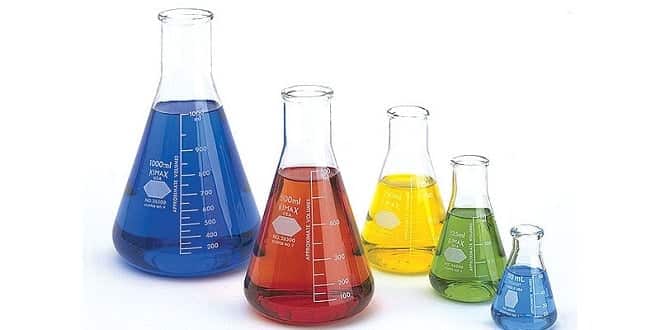Production of Lactic Acid By Batch Fermentation ( Experiment 1 )
Lactic acid (2-hydroxypropanoic acid), CH3CHOHCOOH [CAS 50-21-5], is the most widely occurring hydroxycarboxylic acid. It was first discovered in 1780 by the Swedish chemist Scheele. There are two isomers of lactic acid that are present in nature, L(+) and D(-) forms. L(+)-lacticacid is biodegradable and can be metabolized by the body and this property leads the application of lactic acid in biomaterial applications. It can be used wide range of industrial areas. In food industry, it is used as acidulant, preservative and antimicrobial agent. It has been also utilized in leather, textile, pharmaceutical and cosmetic industries for many years. Lactic acid is a naturally occurring organic acid that can be produced via fermentation or chemical synthesis. By the chemical synthesis method, racemic (DL) mixture of lactic acid is produced. By microbial production method L(+) and D(-)-lactic acid can be produced according to the type of microorganism which may be homofermentative or heterofermentative.
It is present in many foods both naturally or as a product of in situ microbial fermentation, as in sauerkraut, yogurt, buttermilk, sourdough breads and many other fermented foods. The lactic acid bacteria possess a large number of metabolic properties that are responsible for their successful use as starter cultures in the commercial production of fermented dairy, meat, and vegetable products and beverages. The genus Lactobacillus represents the largest group of rod shaped organisms with in the lactic acid bacteria. Some members of this group of organisms are important in the generation of particular flavor sand in other ripening processes associated with specific cheeses.
…




